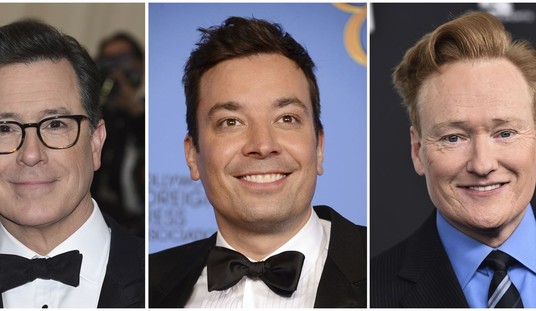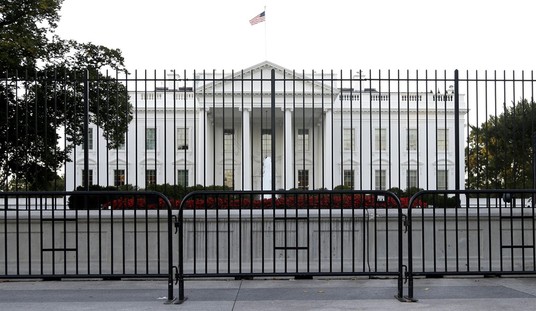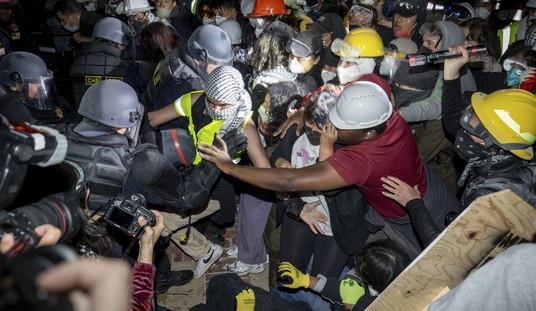In the middle of each quarter (May 15 for this quarter), hedge fund managers must report their holdings as of the close of last quarter (March 31 for the opening quarter) to the Securities & Exchange Commission (SEC). During the first quarter this year, gold rose nearly 10%, from $1,150 to $1,263, but the two hedge fund managers who have the biggest historical reputation as “gold bugs” did not add to their holdings last quarter, according to their SEC filings. John Paulson of Paulson & Co still owns a lot of gold (worth over half a billion dollars), but he kept his fund’s gold position (via gold ETFs) steady last quarter. Meanwhile, George Soros and his Soros Fund remained totally devoid of gold and gold stocks during last quarter.
Previous SEC filings show that George Soros’ fund sold all its remaining shares in the SPDR Gold Trust (the leading gold ETF) in the third quarter of 2016. Then they unloaded shares of Barrick Gold in the fourth quarter. Meanwhile, John Paulson’s flagship fund kept its SPDR Gold Trust holdings at 4.36 million shares, valued at $518 million as of March 31 (each share represents one-tenth an ounce of gold).
In the hedge fund world outside of the Soros and Paulson funds, other hedge investors added a total of $460 million in SPDR Gold. Specifically, hedge fund manager David Einhorn added gold in February.
Silver and Gold Rose and Rose
Gold rose $25 last week. Then, on Monday morning, May 22, gold opened at $1,252 and kept climbing in almost a straight line to $1,261 by 3:00 pm, Eastern time. More importantly, silver finally followed gold, leaping from $16.85 early Monday morning to $17.20 by 3:00 pm, Eastern time. The proximate cause of the precious metals rally is the Trump Presidency and his economic plan under allegations of obstruction of justice (and more). Suspicious anonymous leaks to the New York Times and Washington Post sent stocks down nearly 2% last Wednesday, as the growing sense of political chaos has lifted gold higher.
Recommended
Phil Mickelson Uses a Valuable Silver Dollar as a Golf Ball Marker
Right before Phil Mickelson’s all-important 18th hole putt hit the side of the cup and lipped out last year at Pebble Beach, CBS told the moving story of how Phil’s grandfather, Al Santos, caddied Pebble Beach when it opened in 1919. Young Santos dropped out of school in the fourth grade to caddy at age 11. He got up early to caddy 36 holes, earning just 35-cents per bag per 18 holes. It was a great day when he got a silver dime for a tip.
Al Santos kept a “lucky” 1900 silver dollar in his pocket. Although he often went hungry, he never spent that dollar. He said he rubbed the coin whenever he felt poor, gaining the comfort that he had money in his pocket. He died in early 2004, right before grandson Phil won the first of his four majors. Throughout his long career, including 42 PGA victories, the 45-year-old Mickelson has carried his grandfather’s lucky 1900 Morgan Silver dollar as his marker. It is currently worth about $30.
Mickelson said, “it’s a cool feeling to have the money that he cherished and also to see what we are now playing for in prize money, and how far the game of golf has come. It’s a great reminder for me.” Mickelson also said that his grandfather gave him an old Krugerrand that he keeps, along with some silver half-dollars, but “his silver dollar is the one I prefer to mark with,” especially at Pebble Beach.
If you would like to own a circulated or uncirculated Morgan Silver dollar as a golf marker, call our offices. We can’t guarantee you will putt as well as Phil Mickelson but you’ll have a great conversation piece for your fellow golfers. While you’re at it, inquire about owning a variety of American gold and silver coins. Don’t wait, silver and gold have been rising in 2017!
Gold ETF Sales Rise – While New Supplies Fall
According to the World Gold Council (WGC), gold ETF holdings grew by 109.1 metric tons (3.5 million Troy ounces) in the first quarter. That’s down from the record 324.1 tons in the same quarter of 2016, but that was a time of rapid accumulation and more rapidly rising gold prices than in the first quarter of 2017.
Maxwell Gold, director of investment strategy at ETF Securities, said last week that “the exuberance seen in equities markets is starting to unwind because investors are losing patience and that will be good for gold.” Living up to his name, Gold said “gold still has an important role in a well-diversified portfolio!”
In a foretaste of the coming decline of newly-mined gold, the WGC also reported that there was a slight (four ton) decline in newly-mined gold last quarter vs. the same quarter in 2016. There was also a drop in the supply of scrap gold. WGC projects that gold production is likely to drop this year, next year and perhaps for years to come due to a combination of low gold prices in the last few years, plus strict environmental regulations and public resistance against new mining operations.
The WGC bases their forecast on “sharp cuts in capital expenditure over recent years” as gold miners take advantage of record low interest rates to pay off their over-extended borrowings during the gold boom (2001 to 2011). As a result, many haven’t been reinvesting in mine expansions, new capital equipment or acquisitions. WGC says total capital spending by major gold companies fell 65% from 2012 to 2016.
“We have seen this before,” the Gold Council said. “Lower gold prices in the late 1990s and early 2000s also negatively impacted production and exploration in the years that followed. While there are signs of renewed interest in brownfield development and extending the life of existing mines, these are not yet sufficient to offset steep cuts in project development of recent years.” Long-term, the gold price is based on supply and demand. If supplies keep shrinking, rising demand will certainly push gold prices higher.
























Join the conversation as a VIP Member